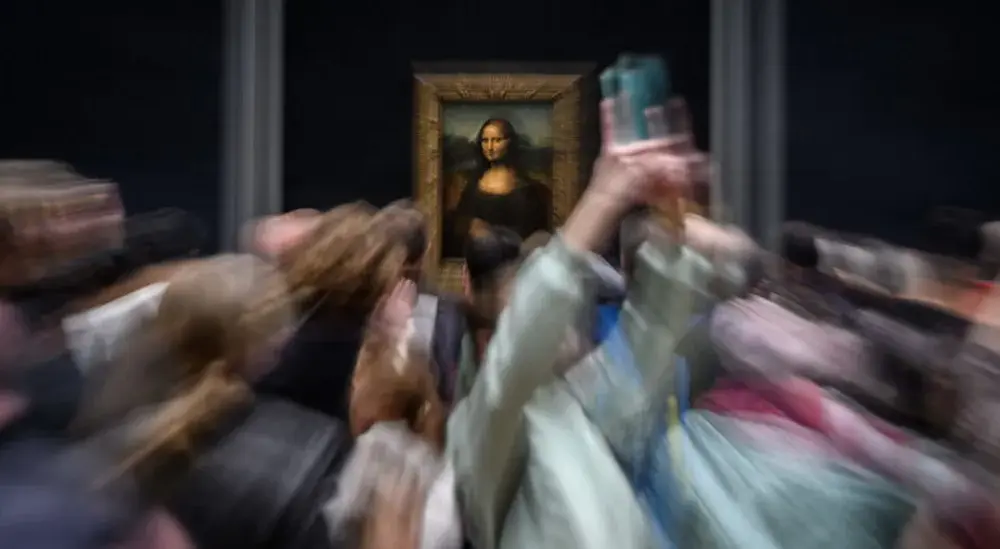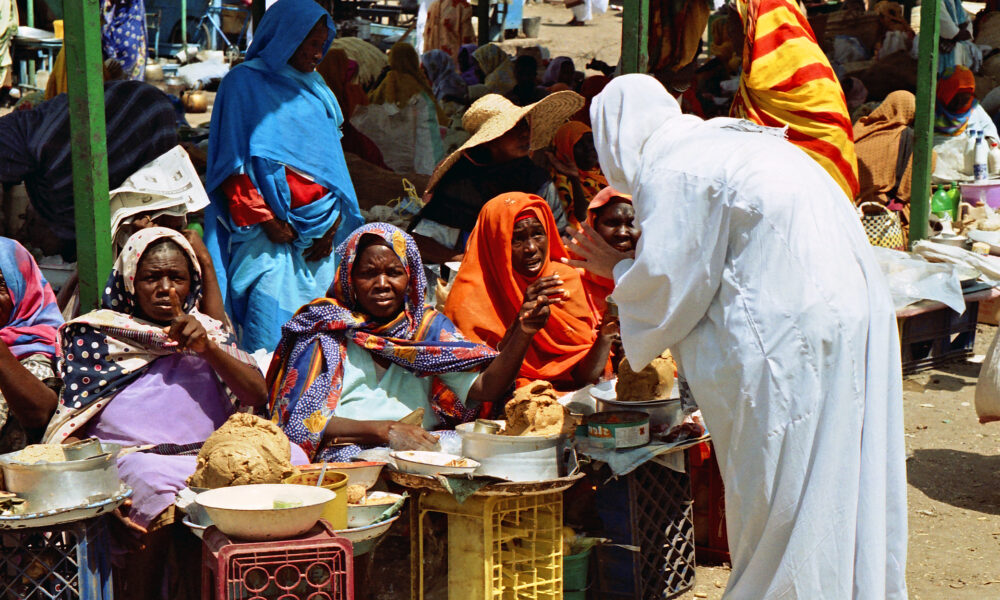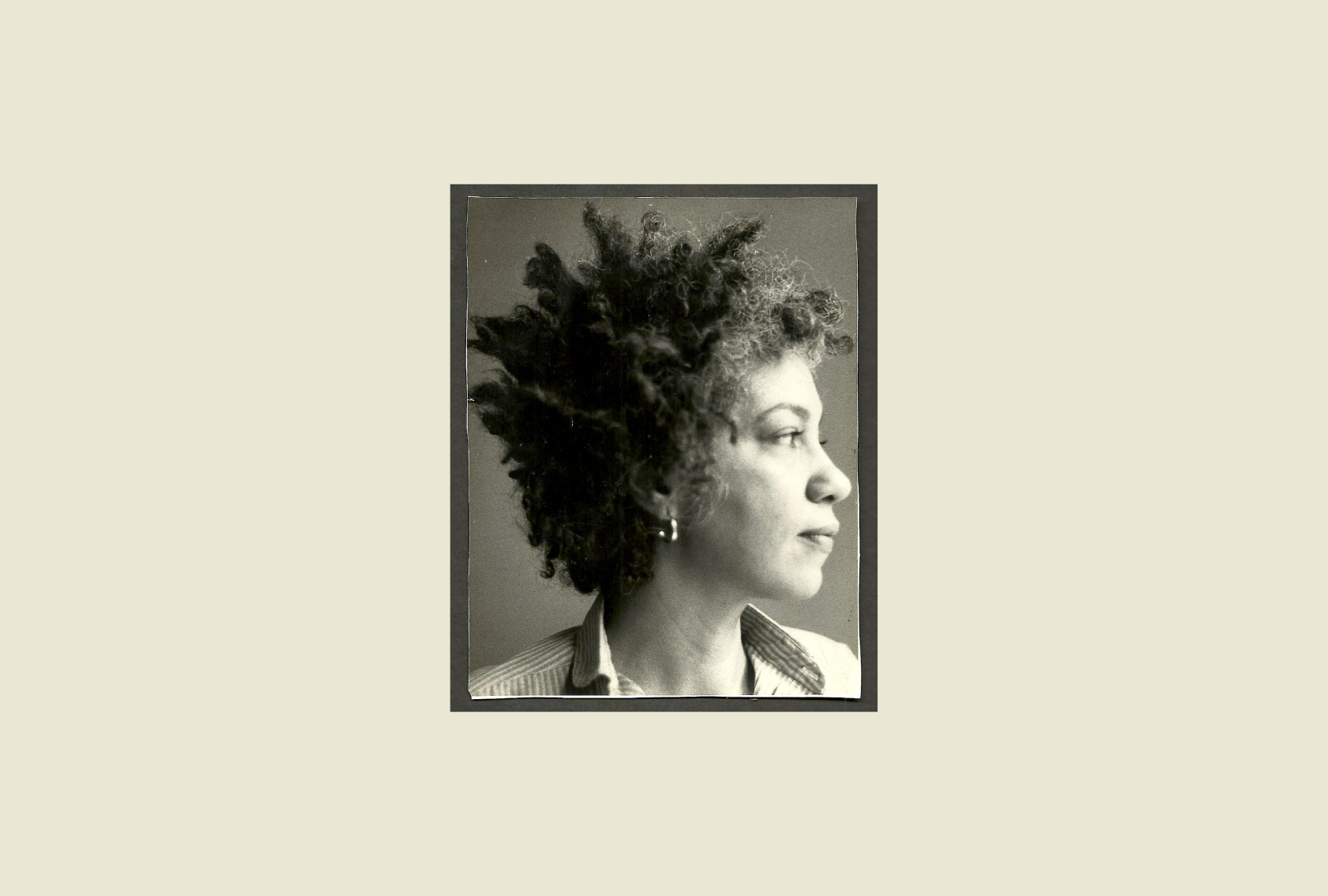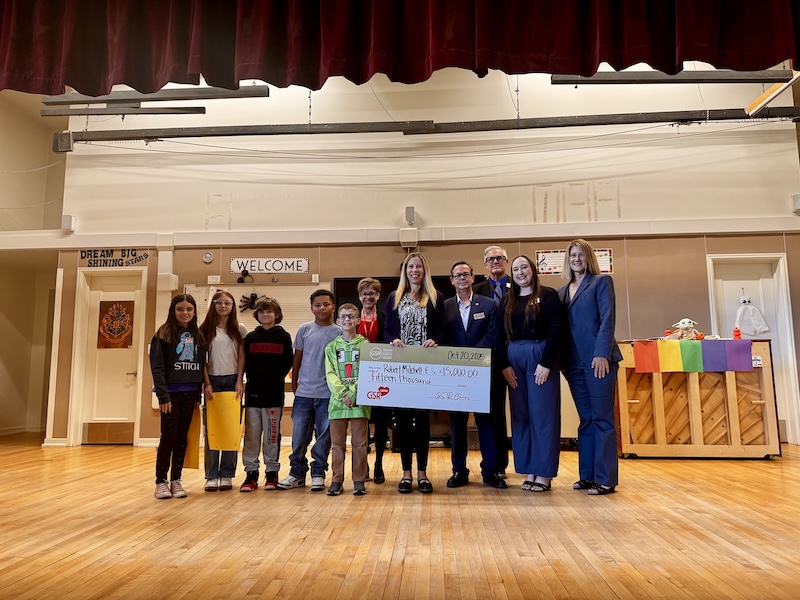New Yorkers are gearing up to cast their votes in the mayoral election tomorrow, following a contentious campaign that has garnered national attention. The race has become particularly heated as frontrunner Zohran Mamdani, a state legislator from Queens, faces off against former governor Andrew Cuomo, who is running as an independent after losing the Democratic primary to Mamdani. President Donald Trump has dubbed Mamdani “a communist,” intensifying the spotlight on this pivotal election.
Polls indicate that Mamdani leads with 43% of the vote, according to a recent Quinnipiac University survey conducted from October 23 to 27. Cuomo trails with 33% while Republican candidate Curtis Sliwa is in third place with 14%. The election has revolved around critical issues such as the cost of living, crime, and the candidates’ approaches to Trump, who has threatened to withhold federal funds from the city.
The political landscape has shifted significantly, with Mamdani representing a broader movement within the Democratic Party. Lincoln Mitchell, a politics professor at Columbia University, commented on Mamdani’s unique appeal: “Mamdani is an unusual political figure and really captures the spirit of the moment. A loud anti-Trump voice in America’s biggest city is going to get news.” Mamdani’s candidacy is notable as he becomes the first Muslim candidate to vie for the mayoralty of New York City.
Mamdani, who is 34, has been vocal against the Islamophobic rhetoric that has emerged during the campaign. He criticized both Republicans and Democrats for the “anti-Muslim sentiment that has grown so endemic in our city.” His campaign has mobilized a significant number of young volunteers, with estimates suggesting that around 90,000 individuals have participated in canvassing efforts.
As early voting concludes on November 2, data from the NYC Board of Elections indicates that 275,006 registered Democrats and 46,115 Republicans have already cast their ballots, alongside 42,383 unaffiliated voters. This early engagement signals a heightened interest in the election.
The dynamics within the Democratic Party have also played a crucial role in this race. Kathy Hochul, the state’s centrist governor, made an appearance at a Mamdani rally on October 26, but her presence was overshadowed by chants of “tax the rich.” Hochul has publicly criticized Mamdani’s proposal for a 2% income tax on New Yorkers earning over $1 million.
Mamdani’s campaign has resonated strongly with younger voters, as exemplified by Abid Mahdi, a teenage canvasser from Queens. Mahdi likened Mamdani’s influence to that of Bernie Sanders during the 2016 and 2020 presidential elections, stating, “He is my Bernie Sanders in a lot of ways.” During a rally on October 26, Mamdani joined Sanders, further solidifying his progressive stance.
Recognizing the importance of older voters, Mamdani attended a community event at an elder care home in Brooklyn. The campaign has faced challenges, including adverse weather conditions that have limited canvassing efforts. In a final push, the candidates made appearances on various television programs to appeal to undecided voters.
In a bid to connect with the electorate, Sliwa participated in a unique conservative rap video, while Cuomo sought to court Black and Muslim voters by campaigning in Harlem alongside current mayor Eric Adams. Adams, who faced his own controversies, has endorsed Cuomo despite his previous rivalry with Mamdani.
Controversy emerged earlier this week when a British newspaper published an interview with former mayor and Mamdani supporter Bill de Blasio, who appeared to question the financial viability of Mamdani’s proposals. The article was later retracted after de Blasio denied the interview took place.
As New Yorkers prepare to vote, the outcome of this election could significantly shape the city’s future, reflecting broader national trends and sentiments. The implications extend well beyond the immediate electoral stakes, as this race continues to draw attention and foster discussions about identity, representation, and governance in America.







